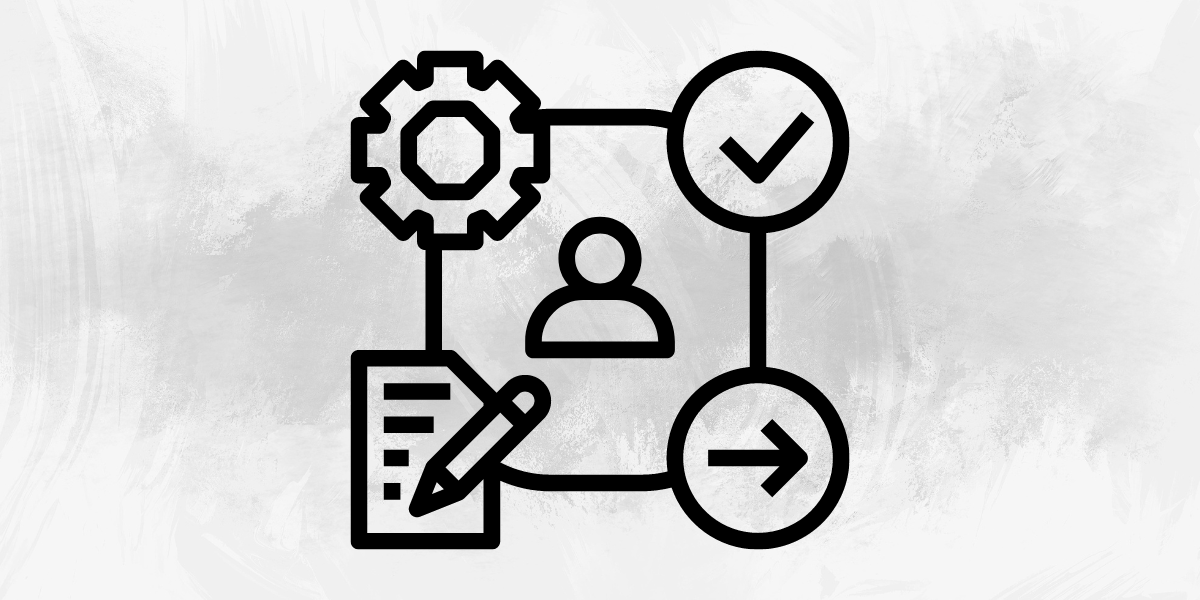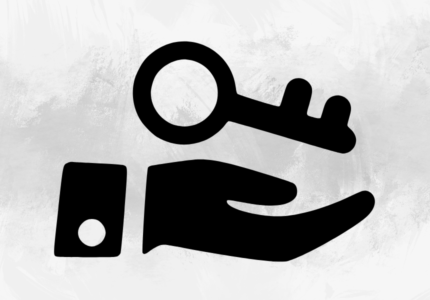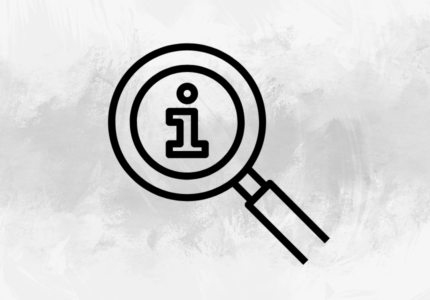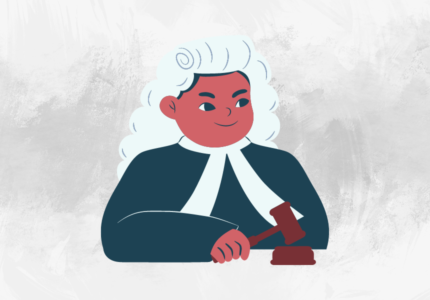
Rewriting your resume could be the most stressful aspect of looking for employment. Even if you’re comfortable with the interviewing and networking required trying to make your resume to perfection is exhausting. One method to make the entire process less stressful for you is to break it into smaller steps. Breathe deeply and work through the process one step at the moment, and in the end, you’ll be able to write a fantastic resume.
Step 1 – List Previous Experience
Past experience is almost always first on your resume. Write down every job you’ve held. If the list is too long, you can narrow it down to jobs that could relate to the job you’re going to apply for. If you’re a job-hopper, that is, you are likely to change between jobs fairly quickly, then it’s not necessary to list dates. Be sure to list them from last to the most recent.
Step 2 – Brainstorm Skills
Set aside an eraser and a piece of paper and begin to list your skills. These could be the things you have learned at a previous job; they could be the things you learned from the course or things you learned yourself. Languages, various vehicle licenses and computer software and typing speed, everything you can think of to impress your potential employer. Include the ones that are the most relevant to the job you are applying for, and explain briefly how you learned these skills.
Step 3 – List Education
Collect all of your old reports and set aside paper and pen. If you hold any university degrees, then that’s the one you highlight, particularly in connection with the job you’re applying to. If you don’t hold any degree, you should list the classes you attended in which you did well. Include any awards or honours as well as the extracurricular activities you took part in. The order of education should also be from the most recent to the least.
Step 4 – Put it Together.
The sections must be placed in the exact sequence we’ve gone over. Check that your contact information appears on each page. Your resume should not be over three pages. Do not cheat by making the font smaller. It must never be less than 12 pt or 10 per cent at a stretch. Always choose an official font, and never ever Comic Sans on a resume.
Step 5 – The Cover Letter
When your resume is complete, it’s time to compose your cover letter. The cover letter isn’t essential, as many employers do not bother reading it, but the majority do, and, in the event that they do, having no cover letter is a major disadvantage in the search for the job. The goal of the cover letter is to show employers that you’re an individual, not just a listing of jobs you have held that you have listed on your resume. Begin by expressing your enthusiasm for the position and your enthusiasm for working for the company. You should highlight a few aspects of your resume that you believe are especially impressive. Also, let them know the best time and method to reach you to schedule an interview. Your contact information should be clear on the top of your resume, and be sure that the format of your resume is consistent with your resume.
Step 6 – Submit
That’s it. Now it’s time to make sure you get all of these details out as you can. Be sure to rewrite your letter of cover for every firm you’re interested in. Employers will notice if you’ve written a standard letter, which can make you less attractive. With a professionally designed resume and a customized covering letter, your odds of being hired are higher than the majority of applicants. Best of luck!





